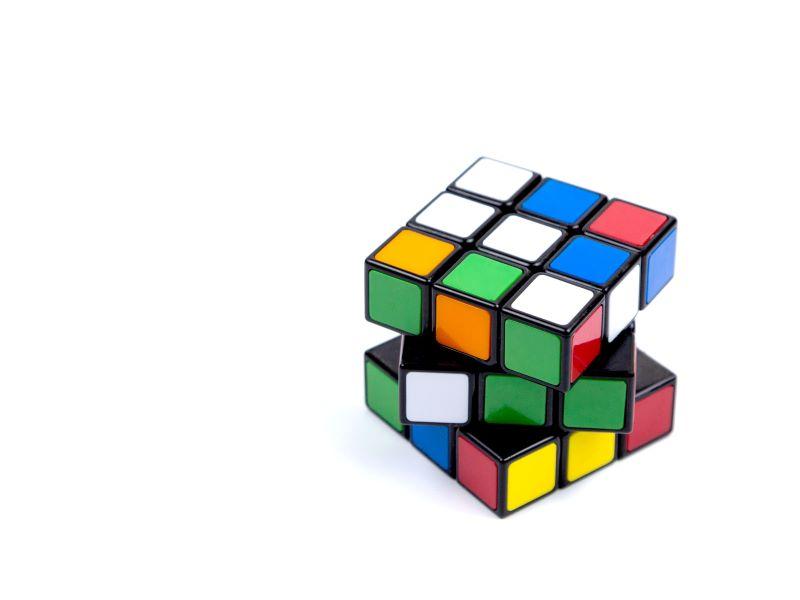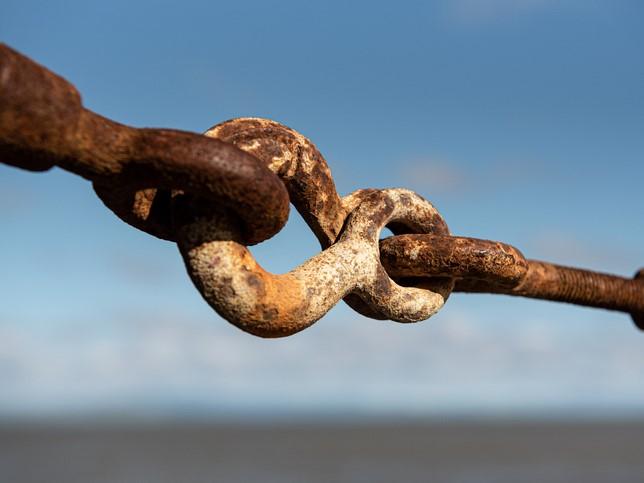Learning to handle and grow from failure is essential for personal and professional development. Students are frequently required to tackle high-stakes assessments and expectations in higher education, and as a result, the prospect of failure can feel overwhelming. By incorporating room for failure in university systems and practices, teachers, lecturers and educators can create a more resilient and adaptable learning environment, one that fosters development and innovation.
- How to work smarter, not harder in higher education
- Preparing students to succeed in a volatile, uncertain, complex and ambiguous world
- Questions beyond majors: developing mental maturity in students
Rethink achievement and failure
Redefining what success and failure mean in the context of higher education is the first step in embracing failure. To do this, switch from a concentration on grades and performance metrics in favour of an emphasis on the development of adaptability and critical thinking, as well as problem-solving.
- Encourage students to set personal objectives and monitor their progress, instead of comparing themselves with others. For instance, in the first semester, students are asked to set specific goals like mastering a piece of software, a language or a teamwork skill. We were surprised by the diverse and personal nature of these goals, which boosted students’ ownership of learning. This shows the power of personalised goal-setting in enhancing students’ educational experience.
- Develop evaluation criteria in the rubric that emphasise growth, development, effort and positive reaction to failure in addition to outcomes.
- Promote a growth mindset by emphasising the significance of effort, perseverance and error-based learning. We can do this by allowing students to revise and improve their work based on feedback, highlighting that learning from mistakes is a valuable part of the process. Additionally, discussing “failures” as learning opportunities in class can help students see that effort and perseverance are key to growth and success.
Design flexible assessment methods
Give your students multiple opportunities to demonstrate their comprehension and let them learn from their errors, by incorporating flexible assessment procedures.
- Provide a variety of assessment formats, including essays, presentations, group projects and exams, so that students can demonstrate their strengths and resolve their weaknesses.
- Permit students to revise and resubmit their work after receiving feedback, emphasising the significance of development and improvement. In a thermodynamics course, for example, we allowed students to revise and resubmit their problem sets after receiving feedback on their initial attempts, which helped them grasp complex concepts better and significantly improve their understanding and application of thermodynamic principles in subsequent submissions.
- Use low-stakes assessments, including quizzes and in-class activities, which provide direct feedback and opportunities for students to learn from their mistakes. We implemented weekly low-stakes quizzes that provided immediate feedback, allowing students to identify and correct their misconceptions early on, leading to a noticeable improvement in their performance and confidence on major exams.
- Provide opportunity for students to explain their perceived errors in assessment submissions as an alternative assessment.
Promote a reflection and feedback culture
Developing a culture of reflection and feedback can assist students and lecturers in identifying areas for development and improvement.
- Conduct periodic feedback sessions in which students can discuss their progress and what obstacles they face — and strategies for overcoming them.
- Encourage students to engage in self-evaluation and reflection, identifying areas for development and setting objectives for the future. Hold dedicated feedback sessions where they can assess their progress, identify strengths and weaknesses, and set personal goals for improvement.
- Provide constructive feedback on assignments and examinations, highlighting specific enhancement areas and offering actionable advice.
Provide assistance to students who are failing
With the right support, students experiencing hardship can develop resilience and learn from their experiences.
- Provide academic support services, such as tutoring, writing centres and study skills seminars, to assist students in acquiring the skills necessary for success.
- Offer mental health (as well as wellness) resources to help students in handling anxiety, tension and feelings of failure.
Foster a collaborative culture and peer-to-peer learning
Creating an environment in which students feel secure discussing their failures and able to ask for assistance from their peers can promote a healthier perspective.
- Encourage students to work together and share their knowledge to improve their problem-solving abilities. By teaching others, they can enhance their own learning environment.
- Establish peer mentoring programmes in which students can share their experiences, provide advice and offer support.
- Plan seminars and events that discuss overcoming failure, resiliency and personal development.
Integrate failure into faculty evaluation and development
To establish a culture that embraces failure, faculty participation is essential.
- Encourage faculty members to reflect and share their failures and what they have learned from their difficult situations in their research and teaching.
- Offer opportunities for professional development that emphasise embracing failure, cultivating resilience and implementing innovative teaching strategies.
Promote creativity and risk-taking
By encouraging students and faculty to take risks and investigate new ideas, a university culture that embraces failure can foster innovation and creativity.
- Promote interdisciplinary research collaborations, allowing students and faculty to experiment with new methods and gain exposure to a variety of perspectives.
- Provide students and faculty with opportunities to engage in innovative projects and research, even if they bear a greater risk of failure. The Shell Eco-marathon, for example, challenges teams to design, build and test energy-efficient vehicles, encouraging creativity, problem-solving and resilience in the face of technical and operational challenges.
- Recognise and celebrate innovation, risk-taking and perseverance in both academic and extracurricular accomplishments.
By taking a new approach to success and failure, universities have the opportunity to create a learning environment that recognises failure as an integral part of growth and development, helping both students and lecturers become more resilient and adaptable.
Ibham Veza, Mhadi A. Ismael and Taib Iskandar Mohamad are faculty members in the mechanical engineering department at Universiti Teknologi Petronas.
If you would like advice and insight from academics and university staff delivered direct to your inbox each week, sign up for the Campus newsletter.




comment